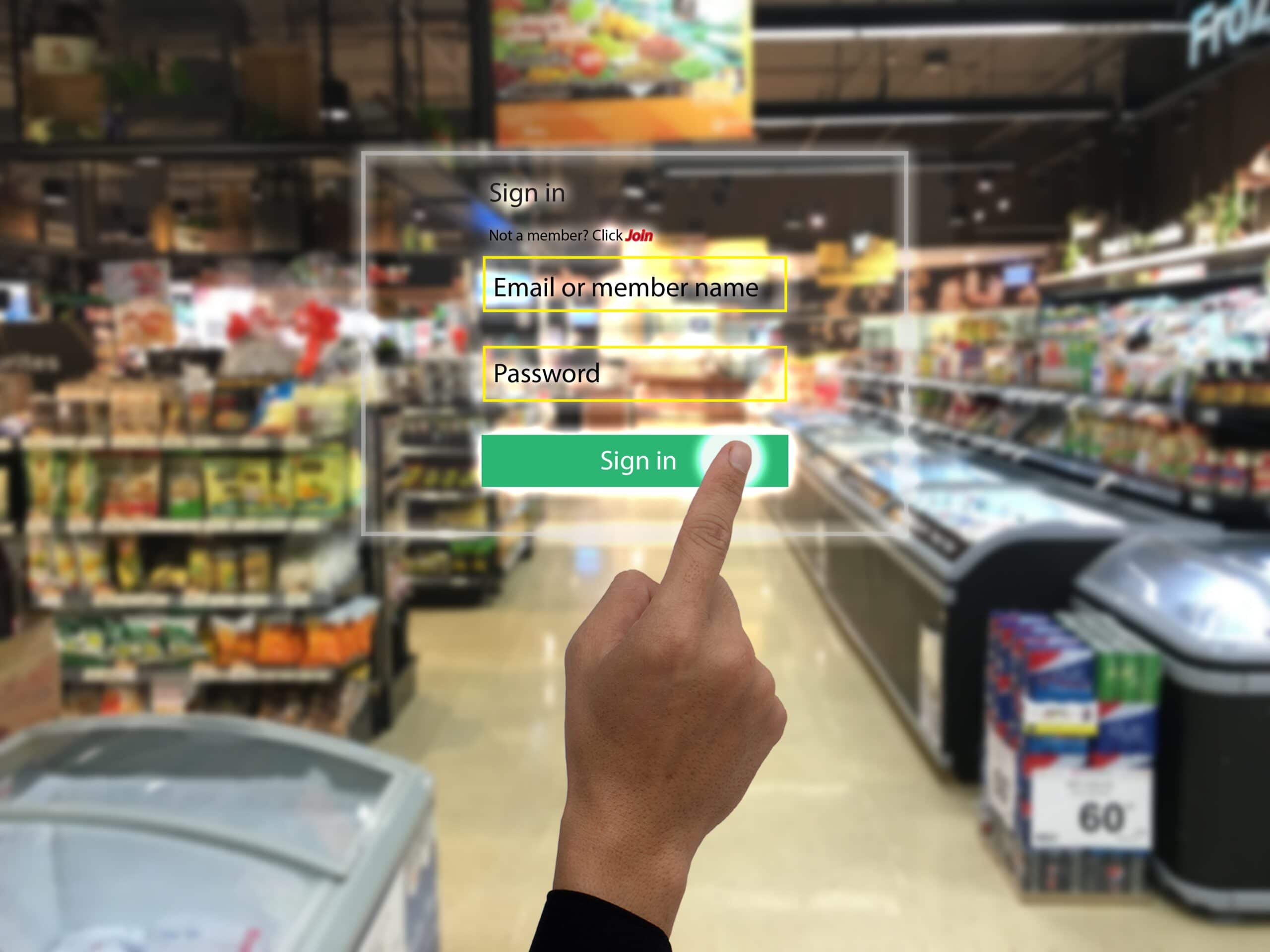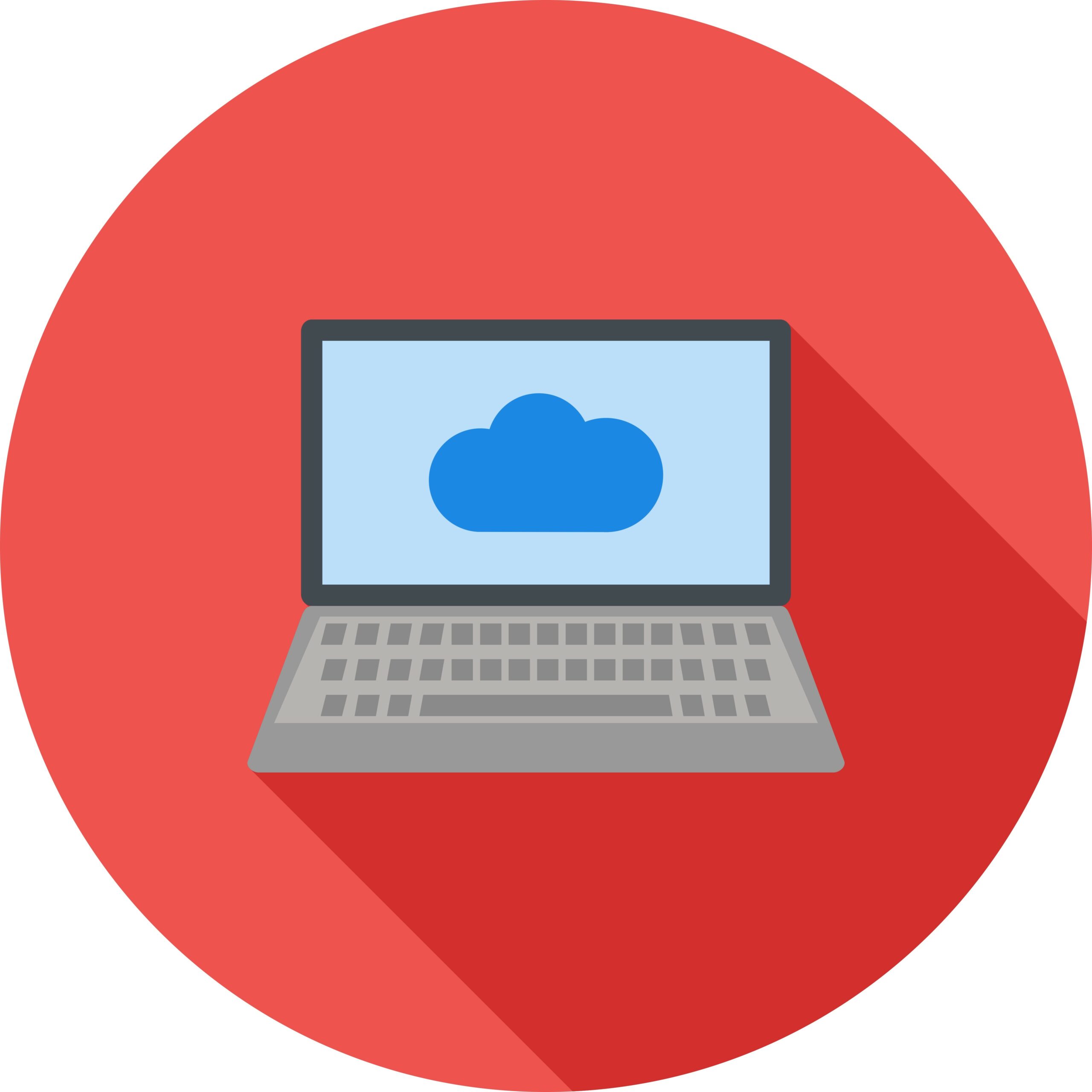The Institute for the Future (IFTF) recently forecasted that we’re entering the next era of human machine partnership, and that between now and 2030, humans and machines will work in closer concert with each other, transforming our lives.
Emerging technologies, such as Artificial Intelligence (AI), Augmented Reality (AR), Virtual Reality (VR), and advances in Internet of Things (IoT) and cloud computing (made possible through exponential developments in software, analytics, and processing power) are augmenting and accelerating this direction.
This is evident in our connected cars, homes, business and banking transactions already; even transforming how farmers manage their crops and cattle. Given this dizzying pace of progress, let’s take a look at what’s coming down the pike next.

Prediction 1: AI will do the ‘thinking tasks’ at speed
Over the next few years, AI will change the way we spend our time acting on data, not just curating it. Businesses will harness AI to do data-driven “thinking tasks” for them, significantly reducing the time they spend scoping, debating, scenario planning and testing every new innovation. It will mercifully release bottlenecks and liberate people to make more decisions and move faster, in the knowledge that great new ideas won’t get stuck in the mire.
Prediction 2: Embedding the IQ of Things
Starting in 2018, we’ll take gargantuan strides in embedding near-instant intelligence in IoT-enhanced cities, organisations, homes, and vehicles. With the cost of processing power decreasing, and a connected node approaching $0, soon we’ll have 100 billion connected devices, and after that a trillion. The magnitude of all that data combined, processing power with the power of AI will help machines better orchestrate our physical and human resources. We’ll evolve into ‘digital conductors’ of the technology and environments surrounding us. Technology will function as an extension of ourselves. Every object will become smart and enable us to live smarter lives.
Prediction 3: We’ll don AR headsets

Of course, VR has strong prospects too. It will undoubtedly transform the entertainment and gaming space in the near term, thanks to the immersive experiences it affords, but smart bets are on AR becoming the de facto way of maximising human efficiency and leveraging the ‘tribal knowledge’ of an evolving workforce.
Prediction 4: A deeper relationship with customers
It’s never been more important to put the customer experience first.
Over the next year, with predictive analytics, machine learning (ML) and AI at the forefront, companies will better understand and serve customers at, if not before the point of need. Rather than offloading customer interactions to first generation chat-bots and predetermined messages, humans and automated intelligent virtual agents will work together, as one team.
Prediction 5: Bias check will become the next spell check

In the short-term, we’ll see AI applied to hiring and promotion procedures, screening for conscious and unconscious biases. Meanwhile VR will increasingly be used as an interview tool to ensure opportunities are awarded on merit alone, e.g. by masking a prospective employee’s true identity with an avatar.
By using emerging technologies to these ends, ‘bias check’ could one day become a routine sanitiser, like ‘spell check’- but with society-wide benefits.
Prediction 6: Media & entertainment will break new ground with e-sports
In 2018, we’ll see increasingly vast numbers of players sitting behind screens or wearing VR headsets to battle it out in a high-definition computer-generated universe. As hundreds of millions of players and viewers tune-in, e-sports will go mainstream.
Prediction 7: We’ll journey toward the “mega-cloud”

Prediction 8: The year to sweat the small stuff
In this increasingly interconnected world, our reliance on third parties has never been greater. Organisations aren’t simple atomic instances; rather, they are highly interconnected systems that exist as part of something even bigger. The ripples of chaos spread farther and faster now that technology connects us in astonishing ways. Consider that one of the most substantial data breaches in history occurred because attackers used credentials to log into a third-party HVAC system.
Due to our increasingly interwoven relationship with machines, small subtle failures can lead to mega failures. Hence, next year will be a year of action for multinational corporations, further inspired by the onslaught of new regulations. Prioritising the implementation of cybersecurity tools and technologies to effectively protect data and prevent threats will be a growing imperative.




















